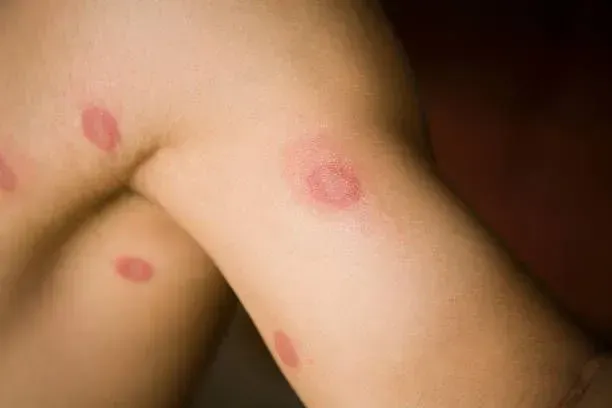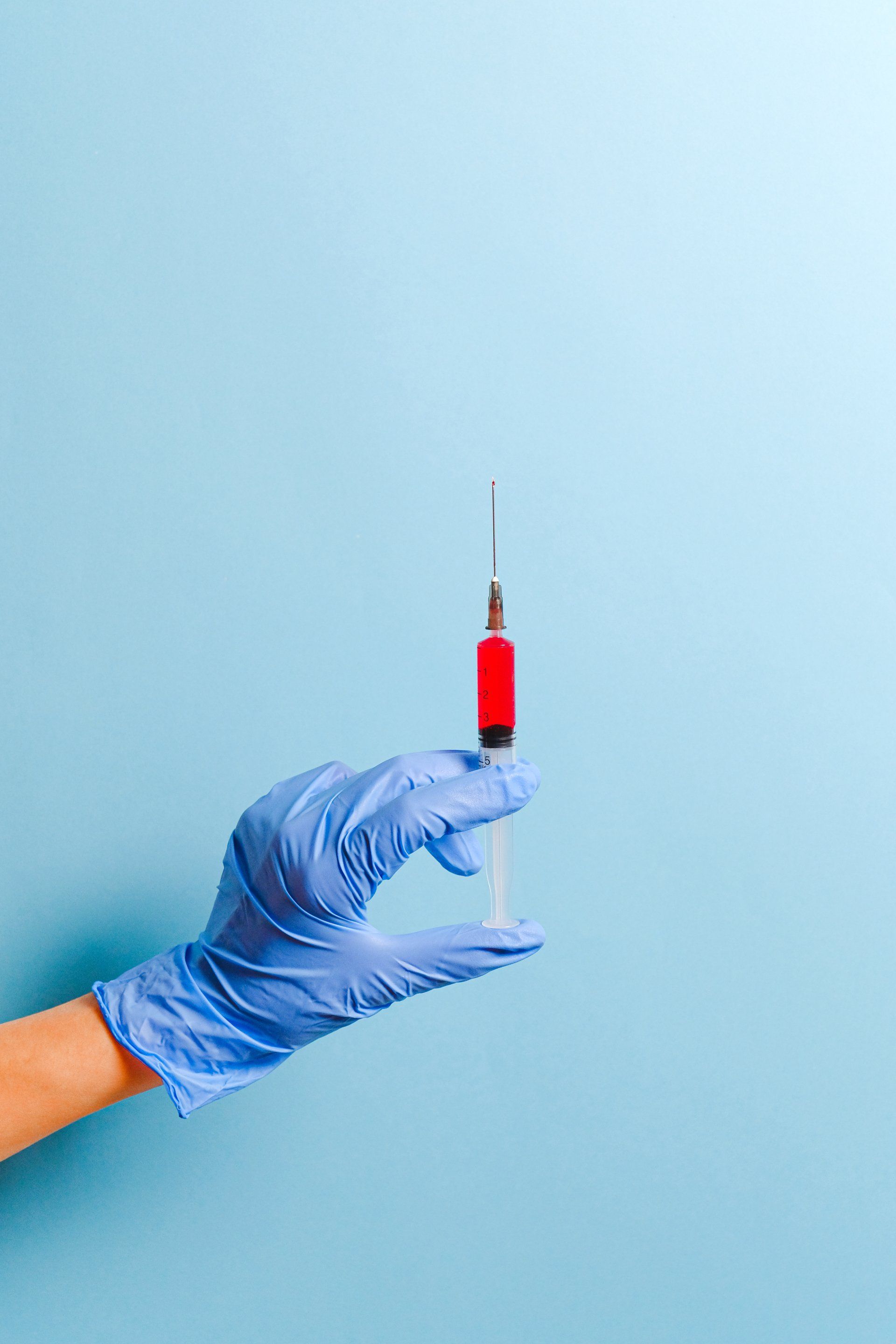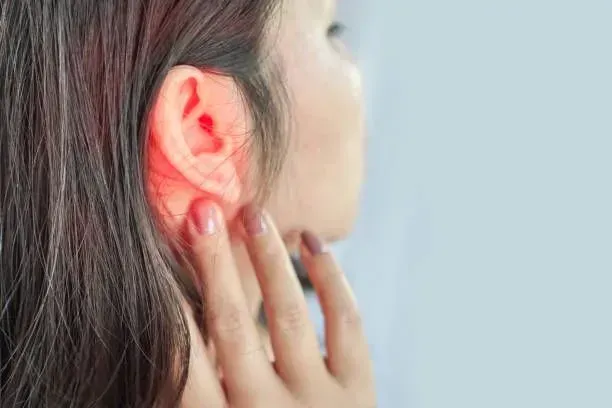Recognize and Act: When to Seek Urgent Care for a Rash
Common Causes of Rashes
Rashes can come from several sources, and they vary in severity. Here’s a rundown of the typical causes of rashes:
1. Allergies
Whether it’s a food allergy or a reaction to certain products (like laundry detergent or perfume), allergic reactions often appear as rashes. These can range from mild irritation to more severe reactions like hives. Skin conditions like hives may require urgent care if they spread rapidly or impact your breathing.
You might also like:
Demystifying Allergy Testing: A Comprehensive Guide for Urgent Care Clinics
2. Infections
Viral, bacterial, or fungal infections can all cause skin rashes. Common examples include chickenpox, impetigo, and ringworm. While some infections can be treated with over-the-counter solutions, others may require antibiotics or antiviral medication. Good thing that these urgent concerns can be addressed quickly by urgent care clinics.
3. Contact Dermatitis
This occurs when your skin comes into direct contact with an irritant. Think poison ivy, harsh cleaning products, or certain fabrics. The resulting rash can be itchy and inflamed. If home remedies aren’t cutting it, an urgent care visit is always your best option.
Read this next:
Chlorine Rash is a Form of Contact Dermatitis: Causes, Symptoms, and Prevention
4. Chronic Skin Conditions
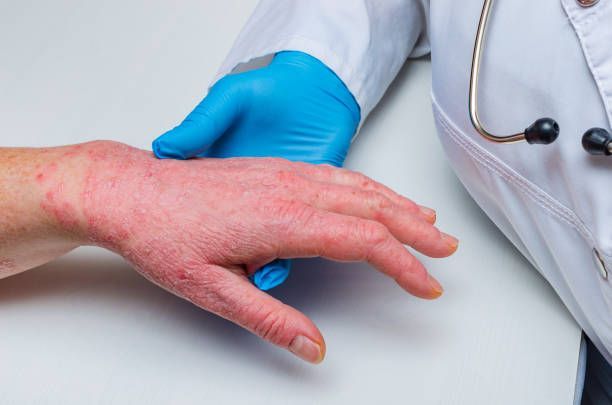
Conditions like eczema or psoriasis can flare up unexpectedly. These are typically managed long-term by dermatologists. However, sudden and severe flare-ups might need immediate attention and should be checked by urgent care doctors. Especially, skin conditions like eczema have different types, and only medical health professionals can determine the differences.
Related blogs:
What is Eczema and How to Manage Symptoms
5. Heat or Sweat Rash
Sometimes, rashes form from friction or excessive sweating, such as during hot weather or intense exercise. These rashes are often mild, but if they start getting worse or aren’t responding to home treatments, it’s time to consider urgent medical care.
Signs Your Rash Needs Urgent Care
Many rashes can be treated at home with over-the-counter creams and lotions. But some rashes are a sign that something more serious is happening in your body.
Here are some key signs that indicate you should visit urgent care for rashes:
Severe Itching or Discomfort
If your rash is causing extreme discomfort or you can’t seem to stop itching, this could be a sign that the rash is more than a mild irritation. Persistent itching can lead to infections, especially if you’ve scratched the area raw.
Blistering or Oozing
Rashes that develop blisters, become filled with fluid, or start oozing need medical attention. These could be symptoms of a bacterial infection that requires immediate treatment.
Rapid Spread
If your rash begins spreading quickly across your body, this is a
red flag. A rash that covers a large portion of your skin in a short time might signal a more serious underlying condition like an allergic reaction or an infection. This requires immediate care, and you should go to the nearest urgent care clinic near you!
Accompanied by Fever
If your rash is accompanied by a fever, this could indicate a viral or bacterial infection.
Fevers are your body’s way of signaling an immune response, and paired with a rash, they may point to something like chickenpox, measles, or even COVID-19. In these cases, a visit to a 24-hour urgent care clinic is highly recommended.
Swelling or Difficulty Breathing
Any rash that comes with swelling, especially around the face, or difficulty breathing requires urgent care. These symptoms could point to a life-threatening allergic reaction, like anaphylaxis, which needs immediate medical intervention.
Painful Rash
Rashes should not cause intense pain. If the area is sore or painful to the touch, it could be a sign of an infection or a more severe skin condition that needs prompt treatment.
Related blog:
How Does Cold Weather Affect Chronic Conditions?
Treatment Options at Urgent Care Centers
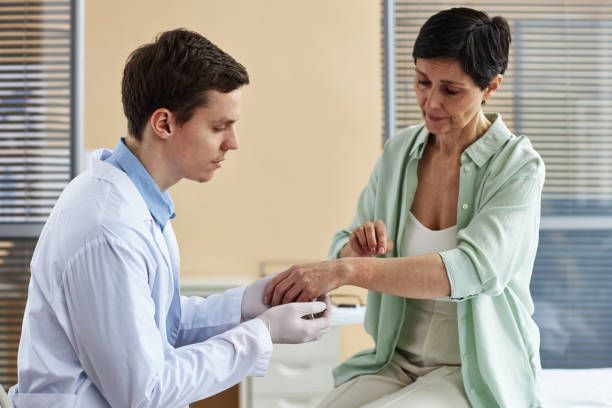
When you visit a top-rated urgent care clinic, you can expect to receive quick and professional care for your rash without having to wait in long lines.
Here’s how urgent care centers typically handle rashes:
Evaluation by Healthcare Professionals
Your urgent care provider will assess the rash. They will ask about your medical history, and inquire about any recent activities or exposures that may have caused the rash.
Diagnostic Tests
In some cases, they may recommend a blood test or skin biopsy. This is to determine the exact cause of your rash. Especially, if it’s suspected to be a reaction to an infection or an autoimmune disorder.
Prescription Medications
For bacterial infections or severe allergic reactions, antibiotics or antihistamines may be prescribed. They might also recommend steroid creams to reduce inflammation or oral steroids for more severe cases.
Follow-up Care
Depending on the severity of your rash, you may be asked to follow up with a dermatologist or your
primary care physician. Urgent care facilities provide treatment, but they also ensure you have a plan for long-term care if necessary.
Read this next:
Locating the Best Urgent Care Near You
Preventive Measures and Home Care Tips
Not all rashes require a trip to urgent care, and some can be effectively managed at home with the right care.
Here are a few tips to prevent rashes or manage mild cases before they become a bigger issue:
- Moisturize Regularly
Keeping your skin hydrated helps prevent conditions like eczema from flaring up. Use fragrance-free lotions and creams to avoid irritation.
- Avoid Irritants
If you know you’re sensitive to certain products, fabrics, or plants (like poison ivy), avoid them whenever possible. Opt for hypoallergenic products and wear protective clothing when outdoors.
- Cool Compresses
If your rash is itchy or inflamed, a cool compress can help soothe the area. Make sure to keep the skin clean and dry to prevent infection.
- Over-the-Counter Remedies
For mild rashes, anti-itch creams or hydrocortisone creams can help reduce itching and swelling. Calamine lotion is also effective for soothing skin irritation.
- When to Seek Medical Attention
If your rash persists for more than a few days or begins to worsen, don’t hesitate to seek urgent medical attention. Oftentimes, a professional evaluation is the safest and most effective way to manage your skin health.
Visit an Urgent Care Clinic for Rash Today
Rashes are common, but knowing when to seek urgent care is crucial.
Whether your rash is from an allergic reaction, an infection, or a chronic condition like eczema, timely medical attention can prevent further complications. If you notice any warning signs—like rapid spread, blistering, or a rash accompanied by a fever—don’t wait.
Visit the top-rated urgent care center near you and get the help you need.
Your skin is your body’s first line of defense, and keeping it healthy should be a priority. If you’re unsure whether your rash needs medical attention, it’s always better to be safe than sorry.
Book in with us at UrgiClinic for a professional evaluation and quick treatment to get back to feeling your best!


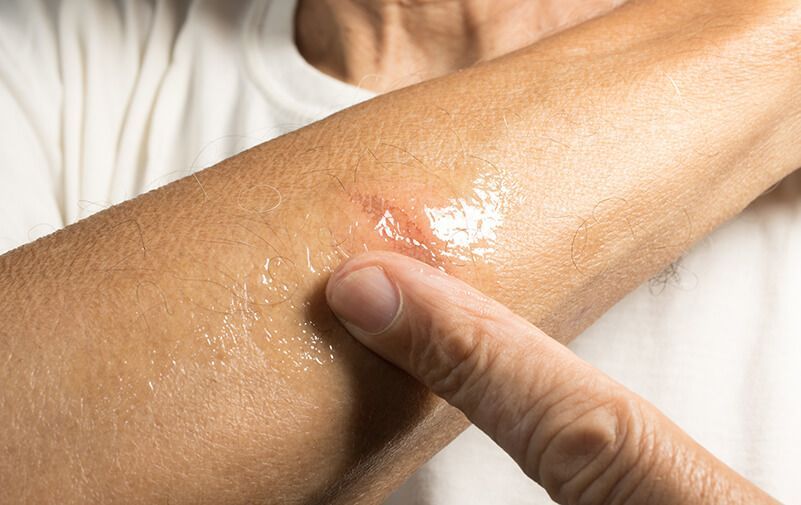



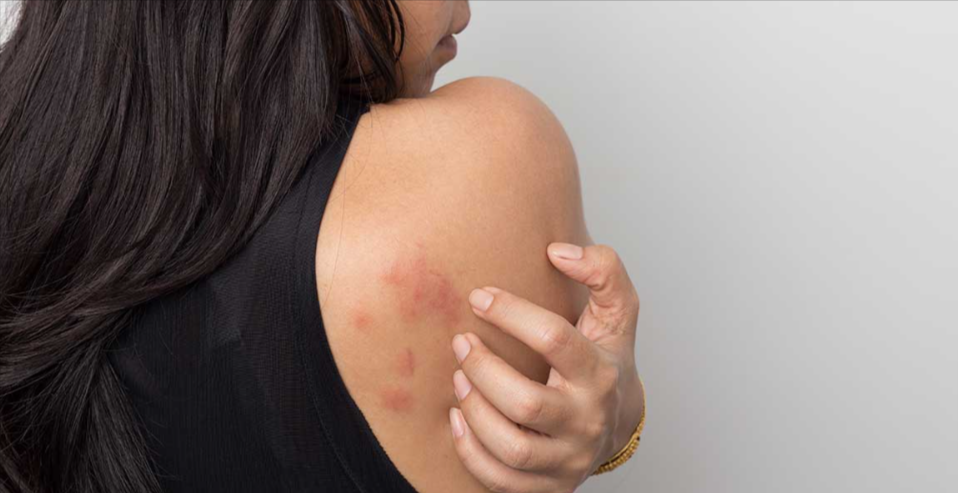
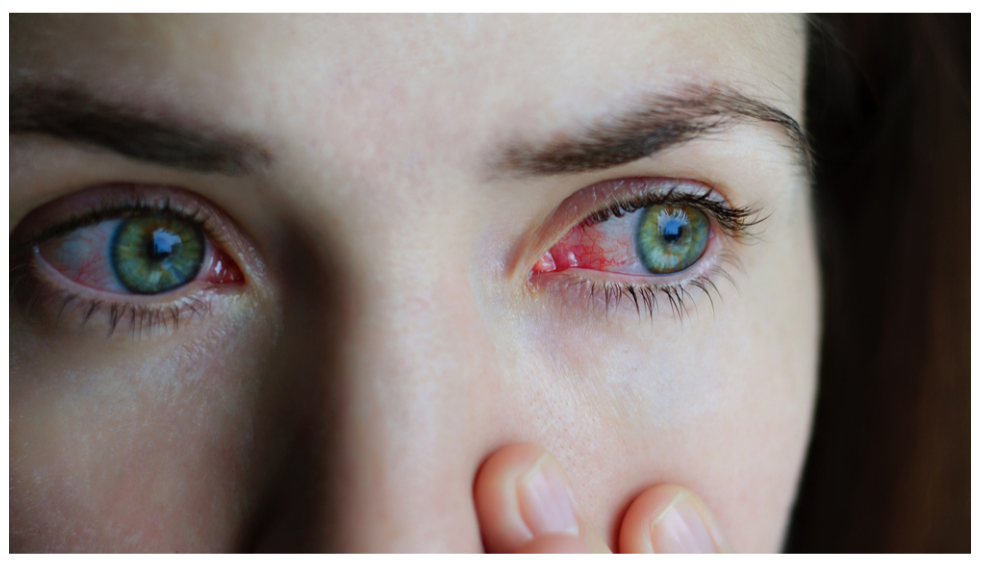
If you believe you have a medical urgent situation, please call 911
Hours: Open 7 Days a Week, from 9 AM to 9 PM
LEGAL LINKS
Quick Links
Contact Us
Phone: (708) 788-5088
Fax: (708) 575-7177
Email: care@urgiclinic.com
Address: 7124 W 83rd St Unit C, Bridgeview, IL 60455
All Rights Reserved | UrgiClinic Urgent Care

